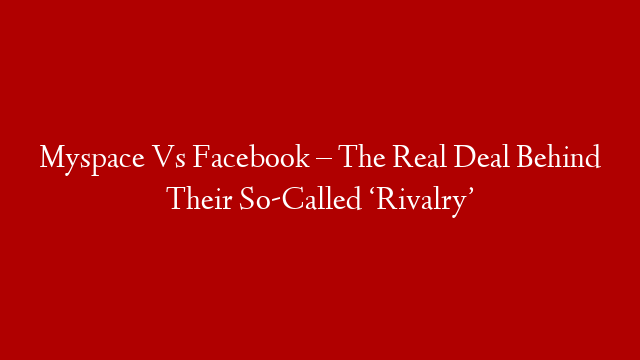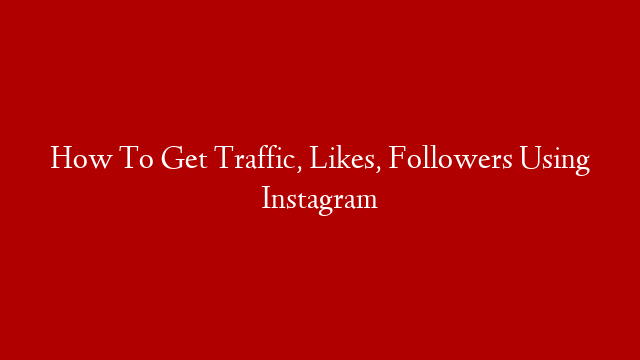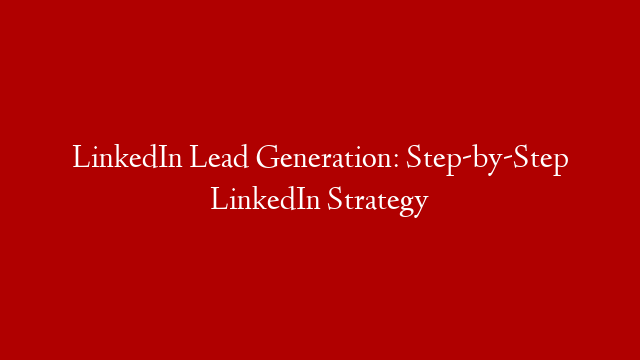Many people tend to choose sides when it comes to deciding which is better-Myspace or Facebook? Suffice to say that both are avenues for individuals to acquire new friends who share common interests and to get in touch with old acquaintances. True enough, even considering the availability of e-mail and instant messenger, social networking sites take communication into a whole new level.
With features that allow one to express individuality through customizable profiles and interesting applications, it doesn’t come as a surprise that a lot of users are addicted to Myspace and Facebook. This is probably the same reason why competition is regarded between these two huge networking sites. However, if one looks at how both sites seem to emulate each other’s offerings, the issue of rivalry would ultimately be just a question of personal opinion and preference.
According to Comscore’s 2008 data, Facebook’s international traffic is now just 8% less than Myspace’s. Last January, Facebook had 100.7 million international visitors while Myspace had 109.3 million ‘unique’ visits. It is evident that both sites are becoming increasingly popular not only in the U.S, but also in other countries worldwide. Despite recent statistics and often similar features that both sites offer, the difference still goes beyond the notion that Facebook is a technology company while Myspace is a media company.
Myspace, on a per capita basis, has 4% more women visitors compared to Facebook. Moreover, a psychographic system Mosaic used to track web surfers in the U.S indicated that there’s class distinction between registered users of the two sites. The majority of Myspace users are single parents and raising families with annual income of less than $60,000. Visitors of Myspace predominantly belong to what Mosaic calls as ‘struggling societies.’ On the other hand, Facebook users skew toward higher income levels-annual income of more than $60,000. These users come largely from wealthy families living in suburban neighborhoods, which Mosaic terms as ‘affluent suburbia.’
Although the two sites exhibit a clear difference in demographics, there are still similar patterns that can be observed among the users. After dropping by Myspace, people tend to visit websites such as YouTube, Photobucket, and Flickr which are all photography and multimedia sites. The same goes for Facebook users who visit related websites (YouTube, Flixter, and Slide). Moreover, traffic patterns indicate that people usually have more than one social network.
What is really perceived as competition just lies on one’s subjectivity on which has better features overall; even then, these sites have unique demographics and fundamental distinctions.



